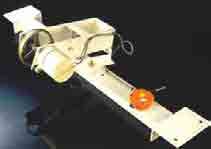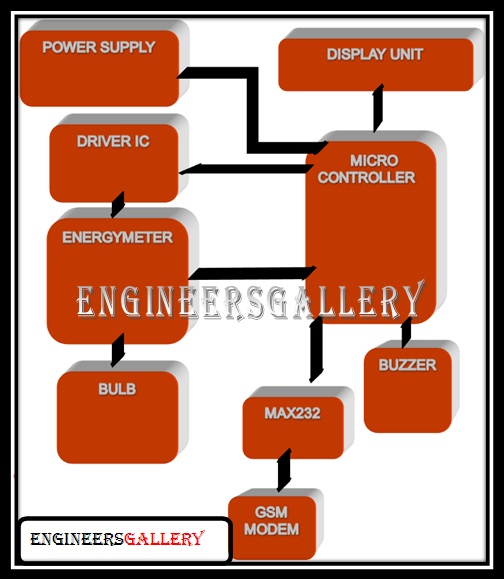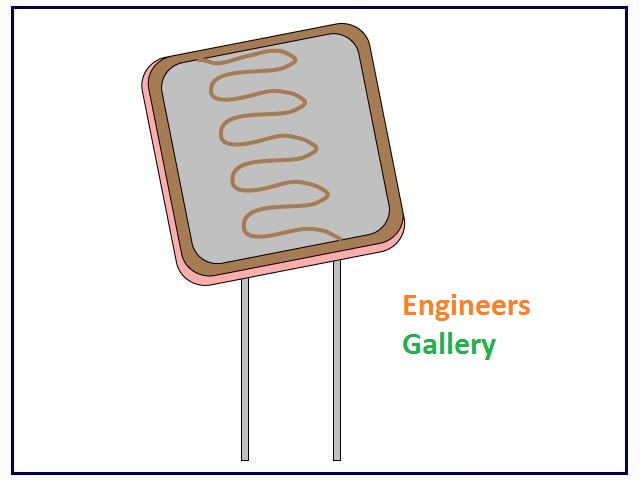Velocity Ratio and Slip of a Belt Drive
Velocity Ratio of a Belt Drive
It is the ratio between the velocities of the driver and the follower or driven. It may be expressed, mathematically, as discussed below:
Let d1 = Diameter of the driver,
d2 = Diameter of the follower,
N1 = Speed of the driver in r.p.m.,
N2 = Speed of the follower in r.p.m.,
∴ Length of the belt that passes over the driver, in one minute
= π d1 N1
Similarly, length of the belt that passes over the follower, in one minute
= π d2 N2
Since, the length of belt that passes over the driver in one minute is equal to the length of belt that passes over the follower in one minute, therefore
π d1 N1 = π d2 N2
and velocity ratio,
N2/N1 = d1/d2
When thickness of the belt (t) is considered, then velocity ratio,
N2/N1 = (d1 + t)/ (d2 + t)
Notes : 1. The velocity ratio of a belt drive may also be obtained as discussed below:
We know that the peripheral velocity of the belt on the driving pulley,
ν1 = (π d1 N1)/60, m/s
and peripheral velocity of the belt on the driven pulley,
ν2 = (π d2 N2)/60, m/s
When there is no slip, then ν1 = ν2.
(π d1 N1)/60 = (π d2 N2)/60
N2/N1 = d1/d2
2. In case of a compound belt drive, the velocity ratio is given by
N4/N1 = (d1 × d3)/(d2 × d4)
(Speed of last driven / Speed of first driver) = (Product of diameters of drivers / Product of diameters of drivens)
Slip of the Belt
In the previous articles we have discussed the motion of belts and pulleys assuming a firm frictional grip between the belts and the pulleys. But sometimes, the frictional grip becomes insufficient. This may cause some forward motion of the driver without carrying the belt with it. This is called slip of the belt and is generally expressed as a percentage.
The result of the belt slipping is to reduce the velocity ratio of the system. As the slipping of the belt is a common phenomenon, thus the belt should never be used where a definite velocity ratio is of importance (as in the case of hour, minute and second arms in a watch).

Let s1 % = Slip between the driver and the belt, and
s2 % = Slip between the belt and follower,
∴ Velocity of the belt passing over the driver per second,
v = (π d1 N1 / 60) – {(π d1 N1) / 60 × (s1/100)}
= π d1 N1 / 60 {1 – (s1/100)} …………………..(i)
and velocity of the belt passing over the follower per second
π d2 N2/60 = v – v(s2/100) = v {1- (s2/100)}
Substituting the value of ν from equation(i), we have
π d2 N2/60 = π d1 N1 / 60 {1 – (s1/100)} {1- (s2/100)}
N2/N1 = d1/d2 {1- (s1/100) – (s2/100)} ………………. Neglecting (s1×s2 / 100×100)
= d1/d2{1- (s1+s2 / 100)}
= d1/d2{1- (s/100)} …………(where s = s1 + s2 i.e. total percentage of slip)
If thickness of the belt (t) is considered, then
N2/N1 = {(d1+t)/(d2+t)}{1- (s/100)}
Reference A Textbook of Machine Design by R.S.Khurmi and J.K.Gupta













